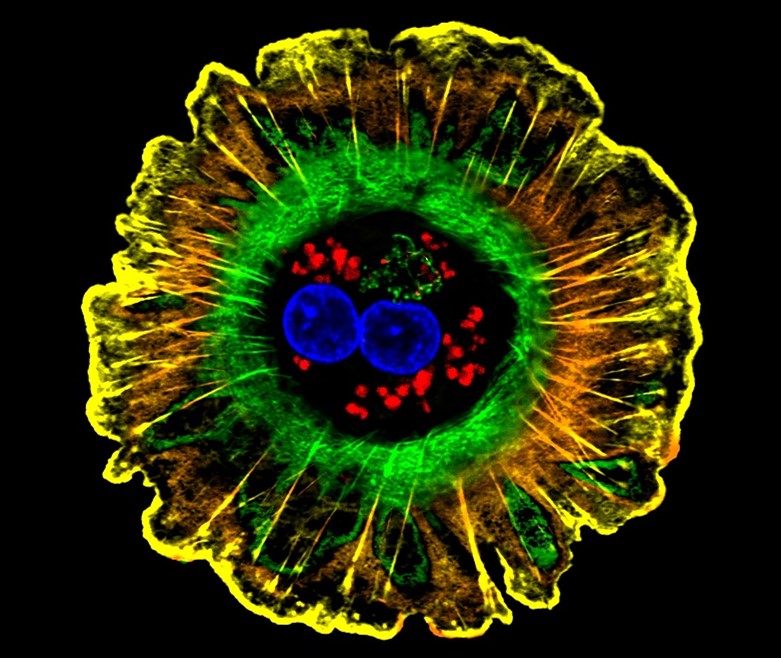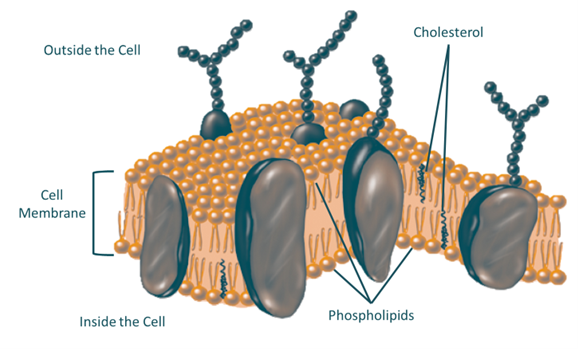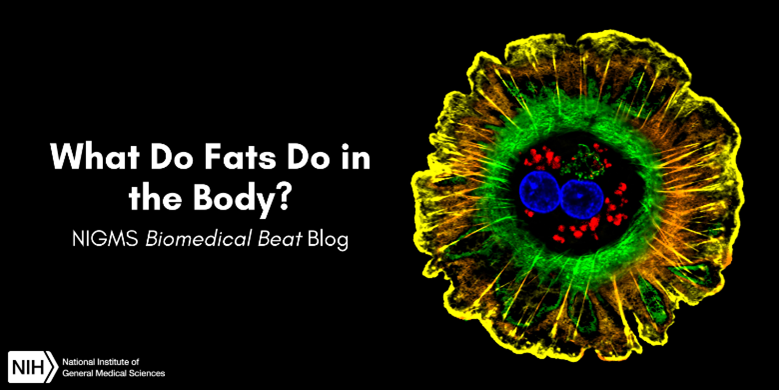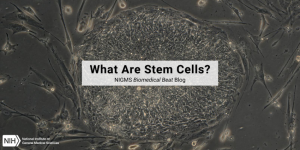It’s common knowledge that too much cholesterol and other fats can lead to disease and that a healthy diet involves watching how much fatty food we eat. However, our bodies need a certain amount of fat to function—and we can’t make it from scratch.

Triglycerides, cholesterol, and other essential fatty acids—the fats our bodies can’t make on their own—store energy, insulate us, and protect our vital organs. They act as messengers, helping proteins do their jobs. They also start chemical reactions that help control growth, immune function, reproduction, and other aspects of basic metabolism. Fats also help the body stockpile certain nutrients. Vitamins A, D, E, and K, for example, are stored in the liver and in fatty tissues.
The cycle of making, breaking, storing, and using fats is at the core of how all animals, including humans, regulate their energy. An imbalance in any step can result in disease. For instance, having too many triglycerides in our bloodstream raises our risk of clogged arteries, which can lead to heart attack and stroke.
Membrane Formation
Cell membranes (also called plasma membranes) encase our cells and the organelles inside them. And fats make them possible. The fatty ends of membrane molecules, primarily phospholipids, veer away from the water inside and outside cells, while the nonfatty ends gravitate toward it. The molecules spontaneously line up to form a semipermeable bilayer barrier. Cholesterol is an important component of these membranes because it helps them to maintain their structure and to regulate their fluidity—or the freedom of the lipids to move within them. The result: flexible protective barriers that, like bouncers at a club, allow only certain molecules to cross into and out of cells.

Fat Use and Storage
Triglycerides are the main type of fat in our bodies. They come from the fatty foods we eat like butter and oil, and our bodies also make them from extra glucose or carbohydrates in our diets. Because they’re made of three fatty acids and a glycerol, they’re especially suited for energy storage—they pack more than twice as much energy as carbohydrates or proteins. Our bodies do use some of the fat we consume as energy right away, but it ships the rest out through the bloodstream to store in fat cells.
When the body needs extra energy—for instance, if it’s running a marathon—it uses enzymes called lipases to break down the stored triglycerides. Then mitochondria—often called the powerhouse of the cell—can create more of the body’s main energy source: ATP (adenosine triphosphate).
Think about that the next time you fret over the fate of the fat in a french fry!







